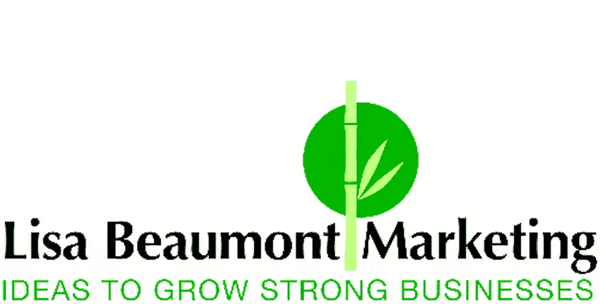In this blogpost I will give you my suggestions for how you can embed some organisational resilience into your business.
What is Organisational Resilience?
I will begin by giving you a formal definition of this term. Organisational resilience is:
“The ability of an organization to anticipate, prepare for respond and adapt to incremental change and sudden disruptions in order to survive and prosper.“
Source: Denyer, D. (2017) Organizational Resilience
https://www.cranfield.ac.uk/som/case-studies/organizational-resilience-a-summary-of-academic-evidence-business-insights-and-new-thinking.
You can think of it as how to be ready for anything.
So that you can shrug your shoulders and remark, “Crisis? What Crisis?
The global pandemic has taught everyone that we can adapt to a crisis. Moreover, from now on we have an opportunity to make our businesses stronger in the long term by making sure that we are ready to respond to any eventuality. We can learn from our experiences in the last two years.
Looking ahead, there are many types of disruption, that might impact your business, such as adverse weather events, restrictions linked to the current pandemic, supply shortages, political upheavals like Brexit, economic shocks or sudden ill-health.
How can you be ready to overcome any or all of these problems?
Today, I would like you to think about some ways that you can build systematic techniques into your marketing activity. So that, you will be flexible enough to respond to these problems.
Why you might model your business on a jellyfish
I have illustrated this topic with a jellyfish. That creature is a useful metaphor for the combination of control and flexibility that is given to your business when you build in some organisational resilience.
A jellyfish has a hydrostatic skeleton. Consequently, that means it is not fixed but relies upon the pressure of the fluid in its cavity, which can be controlled by the muscles that surround it. A jellyfish enjoys total flexibility; it can change its shape at will.
So, your goal for your business can be to have the flexibility of a jellyfish. Like a jellyfish, you can aim to forfeit fixed structures in favour of systems that can respond to the context in which the business finds itself trading.
You will be able to adapt your methods of delivery so that you can respond to the latest circumstances. You can achieve this by integrating some systematic changes into your marketing processes. These changes will apply to the four Ps in your Marketing Mix.
Systematic changes to apply to your Marketing Mix to create organisational resilience
1. Product
First, you can prepare for change by developing alternative versions of your product. For example, you can prepare a range from budget to luxury variations to suit the available budget of your customers at a particular time.
Also, you can develop a version of your product that uses substitute materials, in the event that you might meet supply-chain issues. By maintaining a portfolio of products you will have flexibility so that you can offer a solution that meets the market’s needs at that moment.
2. Price
You can develop a system that will allow you to apply dynamic pricing to respond to your customers’ demands.
3. Place
You can predict the range of locations where your customers might need to access your product in response to behavioural changes. This topic was addressed briefly, in last week’s bulletin you can remind yourself of that here
Moreover, on a practical level, it will always be wise for you to prepare for switching between indoor/outdoor settings, in response to weather or health conditions.
4. Promotion
Here are 4 systematic ways that you can prepare your business for keeping your communications with your customers up-to-date
Record-keeping:
First, always maintain comprehensive records about your customers so that you can easily contact them whenever you need to implement a change.
Parallel systems:
Second, for business continuity in the event of a technological breakdown, it is wise to maintain parallel record systems for offline and online communication.
Digital capability:
Additionally, it is sensible to ensure that you can integrate digital communications with physical formats. It is easier and quicker for you to send updated digital artwork than to change printed materials or signage.
Anticipate messaging:
Finally, you can prepare a set of messages for use in response to any kind of disruption.
In conclusion
You can apply these systematic changes to your Marketing Mix to create organisational resilience which means that you will be ready to meet any challenge in future.

